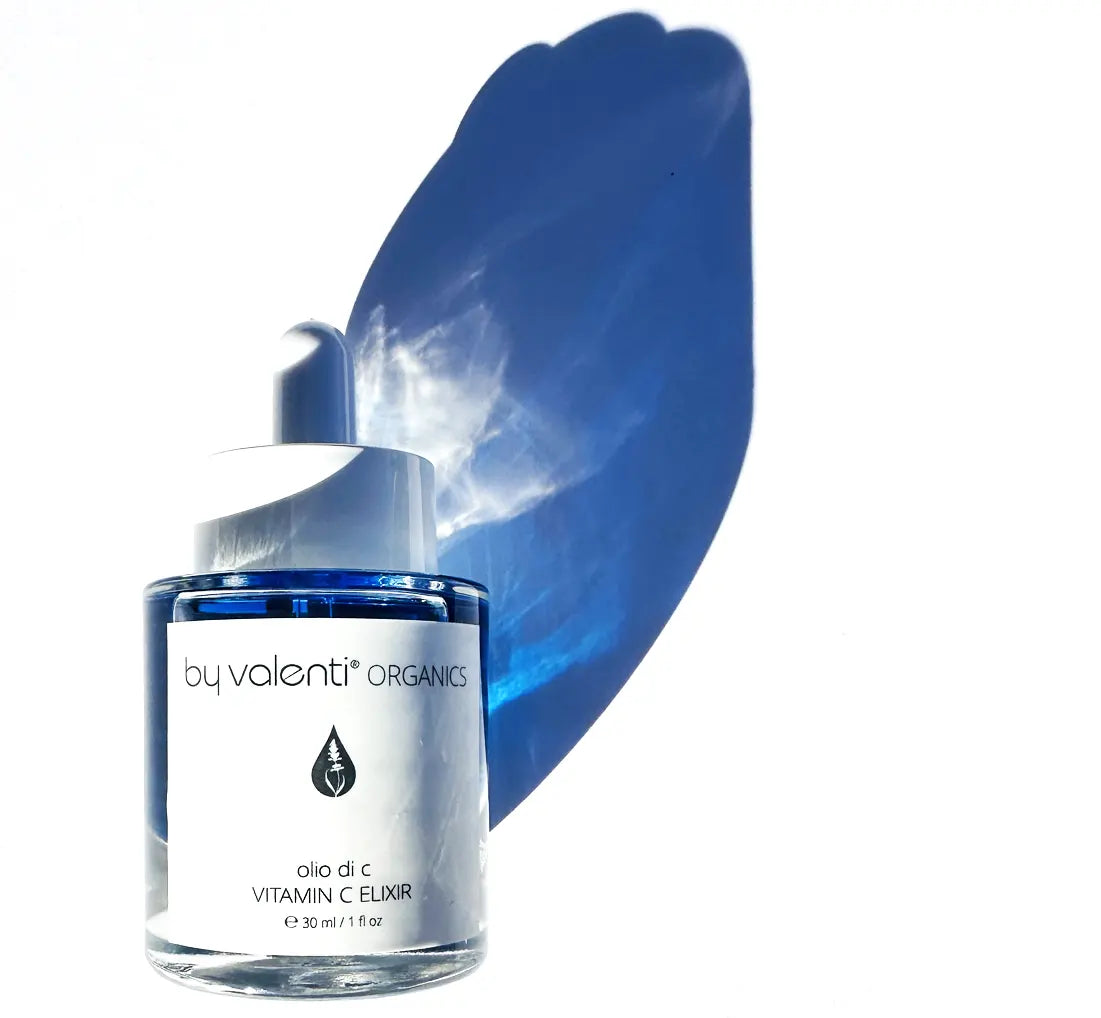Common Name
Activated Charcoal
INCI
Carbon
Extraction or Production Process
Activated charcoal is produced from carbonaceous sources like wood, coconut shells, and peat through carbonization, followed by an activation process. This involves high temperatures combined with an activating agent (typically acids, strong bases, or salt), which expands the internal surface area and opens up numerous tiny pores between the carbon atoms, enhancing its adsorptive capacity.
Sources
This ingredient is sourced from both vegetable and mineral origins. The most common plant-based sources are coconut shells and wood, while mineral-based charcoal comes from peat or coal. The specific part of the plant used is typically the hard, inner shell of the coconut or dense wood.
Country of Origin
The sourcing and manufacturing of activated charcoal are global, with prominent production in countries like India, Indonesia, and the Philippines for coconut-based versions, and the United States and Canada for wood and peat-based varieties.
Function
In cosmetics, activated charcoal functions primarily as an adsorbent agent, and purifying agent. It is valued for its ability to clear pores, balance oily skin, and remove impurities.
Properties
Activated charcoal is characterized by its black color, odorlessness, and insolubility in water. Its extensive pore structure allows it to adsorb many times its own weight in impurities.
Benefits
The benefits of activated charcoal in skincare include pore cleansing, reduced oiliness, deep cleansing of the skin, and a potential reduction in acne outbreaks. Its ability to draw out impurities also makes it beneficial in body cleansing products and scalp treatments.
Contraindications and Precautions
While activated charcoal is generally considered safe for use in skincare, it should be used with caution by those with dry or sensitive skin types due to its potent drying and purifying properties. Additionally, it is advised that pregnant women consult with a healthcare provider before using products containing activated charcoal due to a lack of research on its effects during pregnancy.
•


